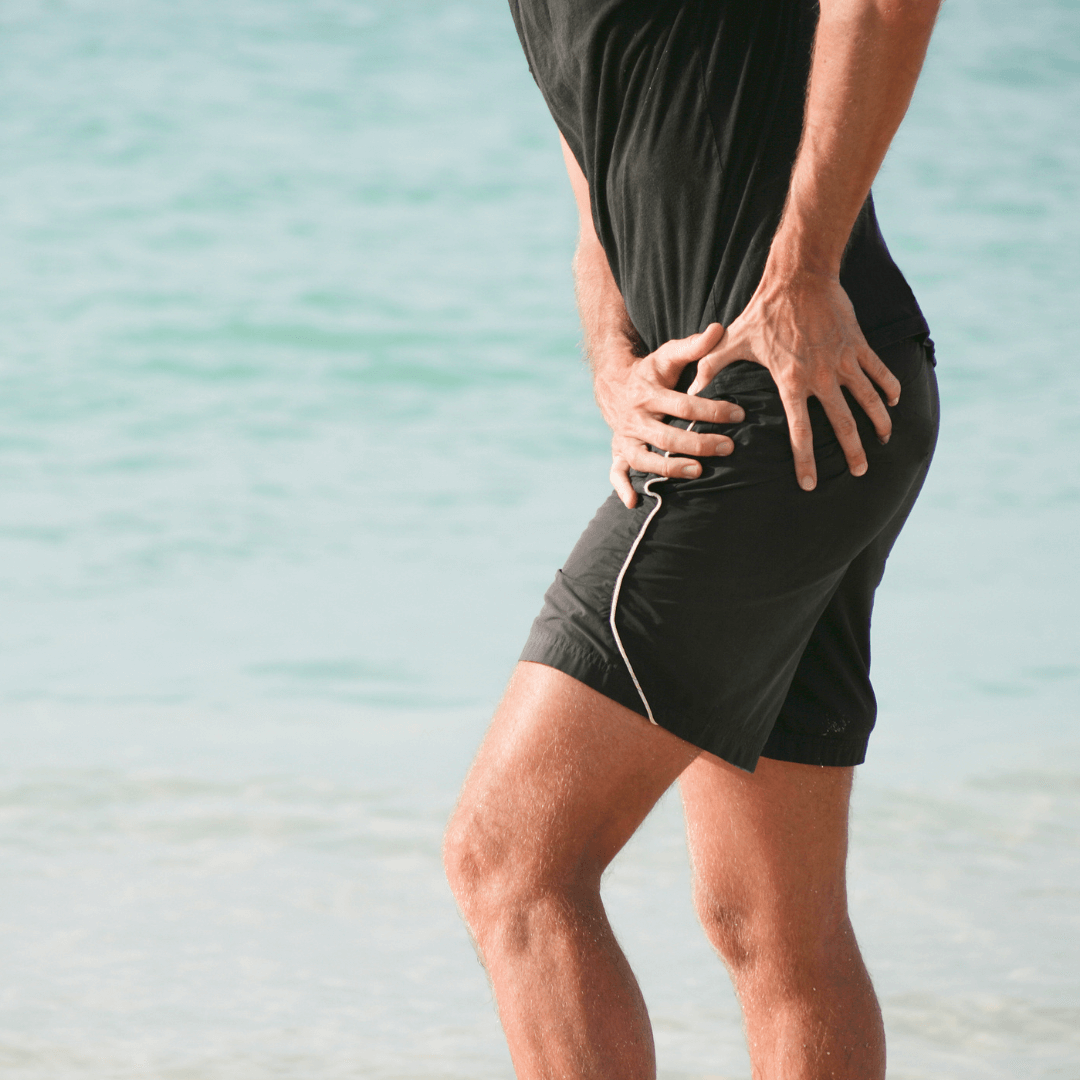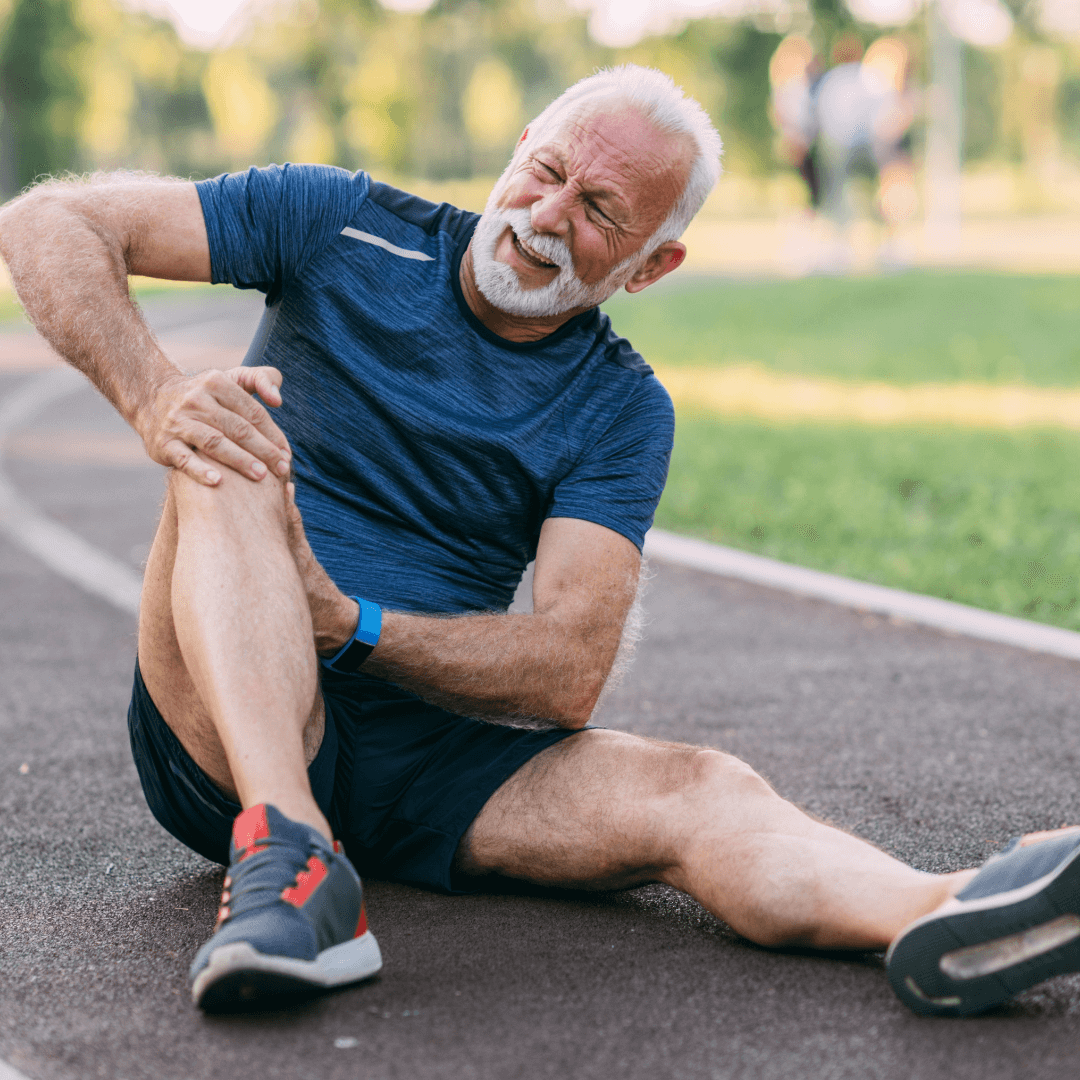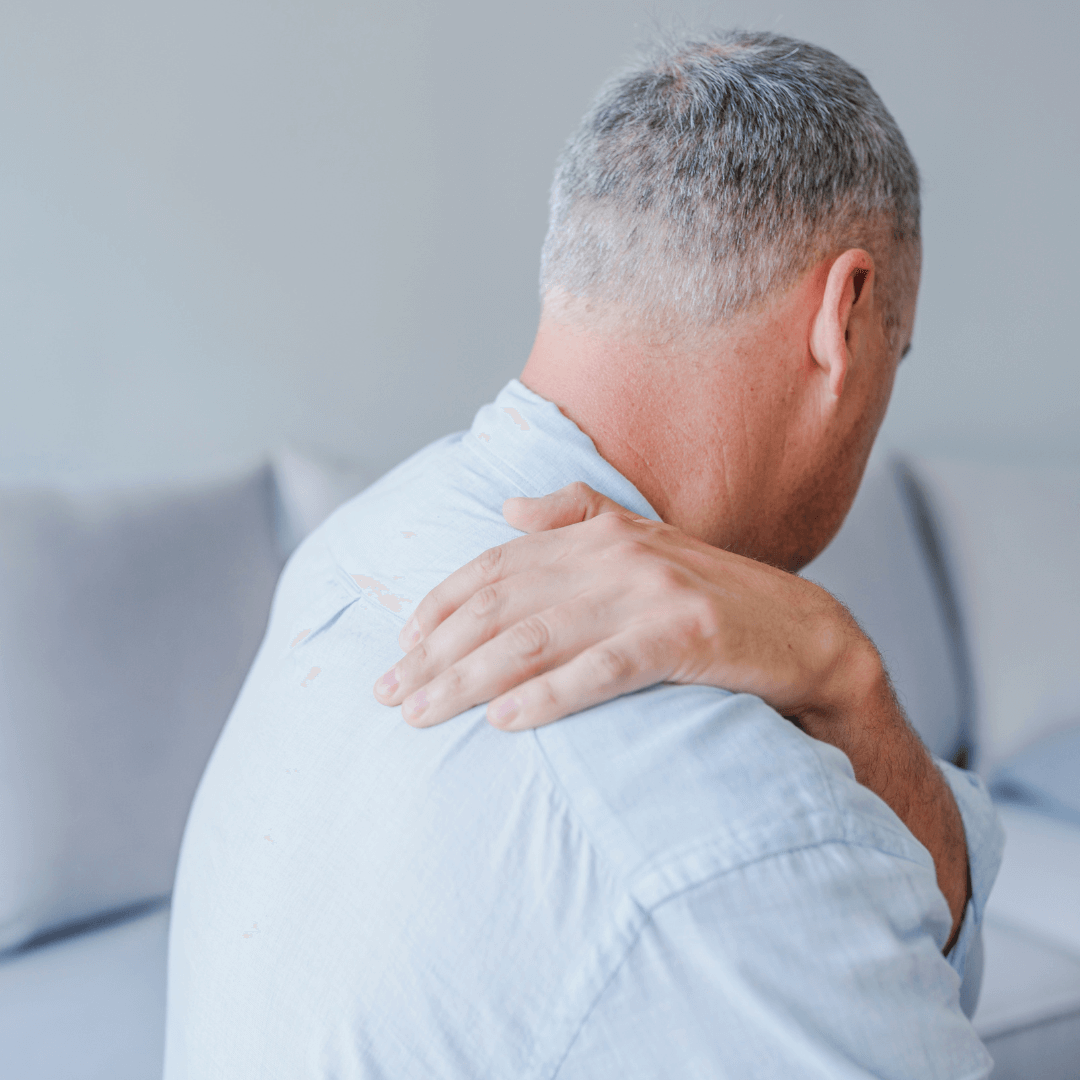Coast Orthopaedics is a leading Specialist Orthopaedic practice based on the Gold Coast. A group of surgeons with subspecialty interests, we are committed to providing the highest quality care for our patients. We offer a comprehensive sports injury and orthopaedic surgery service. With a base in Southport, we regularly treat patients from the entire Gold Coast as well as surrounding areas including Northern NSW, the Gold Coast Hinterland, and the Beaudesert shire.
Conditions & Treatments

Hip
Lorem ipsum dolor sit amet, consectetur adipiscing elit, sed do eiusmod tempor incididunt ut labore et dolore magna aliqua. Ut enim ad minim veniam.

Knee
Lorem ipsum dolor sit amet, consectetur adipiscing elit, sed do eiusmod tempor incididunt ut labore et dolore magna aliqua. Ut enim ad minim veniam.

Upper Limb
Lorem ipsum dolor sit amet, consectetur adipiscing elit, sed do eiusmod tempor incididunt ut labore et dolore magna aliqua. Ut enim ad minim veniam.

Our Surgeons
With a focus on personalised patient care, our aim is to keep you moving. Our surgeons are highly trained specialists and are leaders in their field. We are dedicated to providing the highest quality treatment with care and compassion.

Latest articles

Dr Steer teaching young Orthopaedic Surgeons
Dr Steer was at the Medical and Engineering Research Facility in Brisbane on 8th and 9th of March as part of the faculty teaching young Orthopaedic Surgeons on cadavers, about revision knee replacement surgery, Mako robotic assisted knee replacement surgery and Mako robotic assisted Total Hip Replacement surgery.
Learn more
Orthopaedics Down under 2024
Dr Steer was on the Gold Coast at the 23-24th of February attending the Orthopaedics Down Under Conference. This conference was covering Complex Revision Hip and Knee Replacement Surgery, along with treatment of infected joint replacements.
Learn more
Break A Bone on the Gold Coast and Doctors Could Use 3D Printing Technology
If you break your bone on the Gold Coast any time in the future, never fear — Gold Coast University Hospital’s orthopaedic surgeons might be able to print you a new one. After trialling the use of a 3D printer to build models of patients’ bones in 2016, Gold Coast Health have become one of…
Learn moreProudly supporting
Bookings and Enquiries
Our friendly team is here to help!










